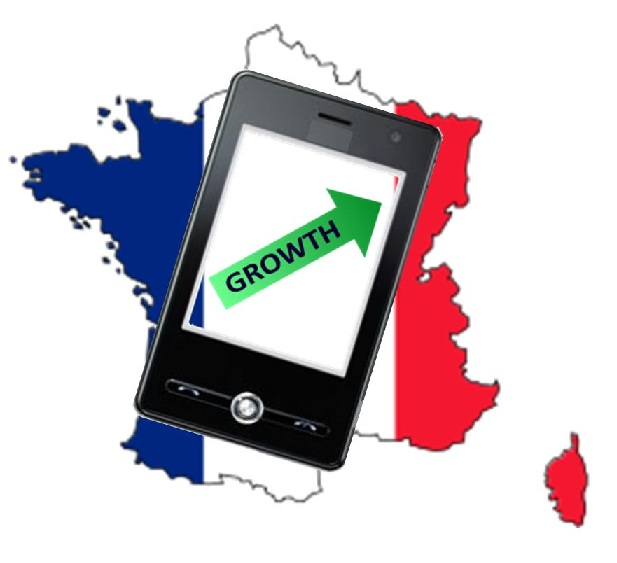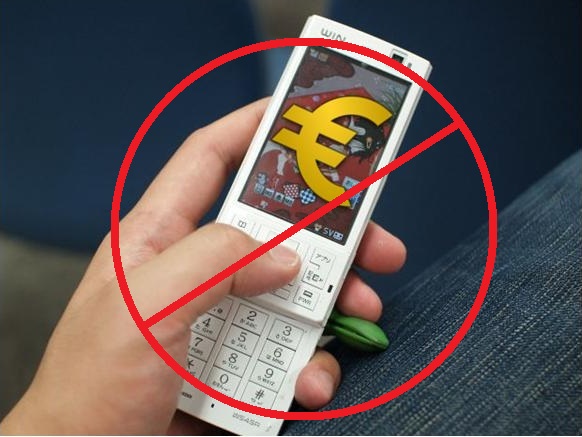 A recent report showed that the French marketplace spiked to reach €1 billion last year.
A recent report showed that the French marketplace spiked to reach €1 billion last year.
According to Fevad, a French e-commerce association, the m-commerce market in the country increased to approximately €1 billion last year, which marks an increase of around 150 percent.
This was a considerable rise in the marketplace and was in line with growth seen in other European countries.
In 2011, the m-commerce market had been worth an estimated €400 million. In 2012, however, it increased to the point that it made up almost 2 percent of all sales that were made online. The data in the report did not include pay apps that were used on websites that were taking part in the Fevad’s iCM mobile commerce index.
Those m-commerce figures in the report were exclusively sales made on optimized websites and apps.
During the fourth quarter of last year, the sales in the m-commerce environment were a whopping 2.6 times higher than there were during the same period of time in 2011. Online sales overall in the French market space blasted upward to €45 billion in 2012. That represented a tremendous growth of 19 percent when compared to the year before. It was also an 8 percent cut of the nation’s total retail market sales.
In terms of online payments last year, there was a rise of 28 percent that was recorded in the report for the entire year, and the fourth quarter represented precisely that percentage. This demonstrated a steady growth in that sector of m-commerce, which is very promising for the marketplace, as it means that this is a steady increase and not one that will be seasonal around holiday shopping time.
The average size of m-commerce transactions increased by 24 percent throughout 2012, but it fell by 1 percent to reach €85 within the last quarter of the year. At the same time, during the first eleven months of the year, the number of online shoppers fell by 5 percent. However, while shoppers dwindled slightly, the number of shopping websites in the country grew by 17 percent during that same time, to reach 117,500.

 The results of a recent poll have shown that those who use mobile most aren’t shopping with their devices.
The results of a recent poll have shown that those who use mobile most aren’t shopping with their devices.